Description and varieties of lawns for a football field
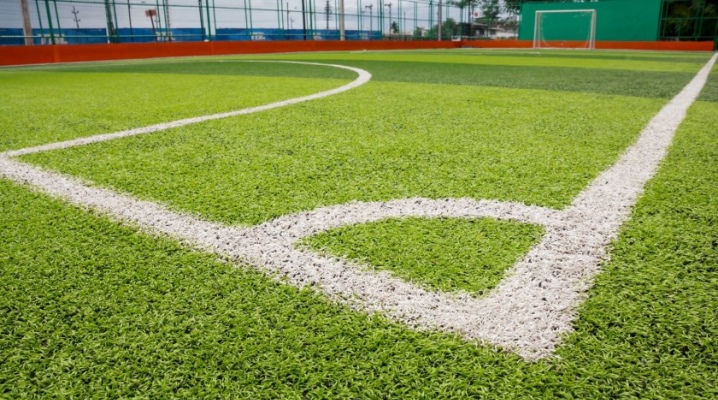
Grass competitions have been popular since ancient times - archaeologists have repeatedly found this confirmation. Initially, the games were held on an ordinary lawn, but in the days of Ancient Greece, special grounds for sports competitions began to be equipped. Today, the technology of creating a football field has become much more perfect, but, as before, the quality of the coverage directly depends on the lawn.

Peculiarities
Football is considered one of the most popular sports. This game is enjoyed by millions of people all over the world. Each city has dozens of playgrounds where children and adults can play a ball. The modern football field is a functional engineering structure with very tight planimetric tolerances. So, it includes the lawn itself, as well as its base, drainage system, heating and automatic irrigation mechanisms.
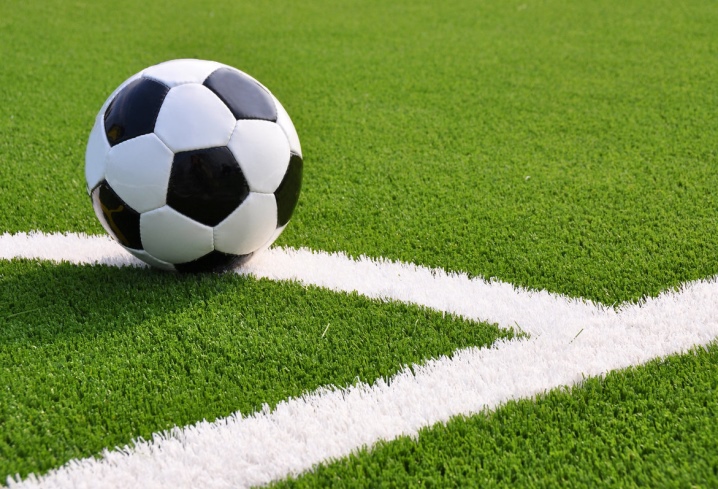
Today, three main types of coating are used - natural, artificial and combined.
The natural surface for a sports field is nothing more than an unpaved part combined with sown grass.
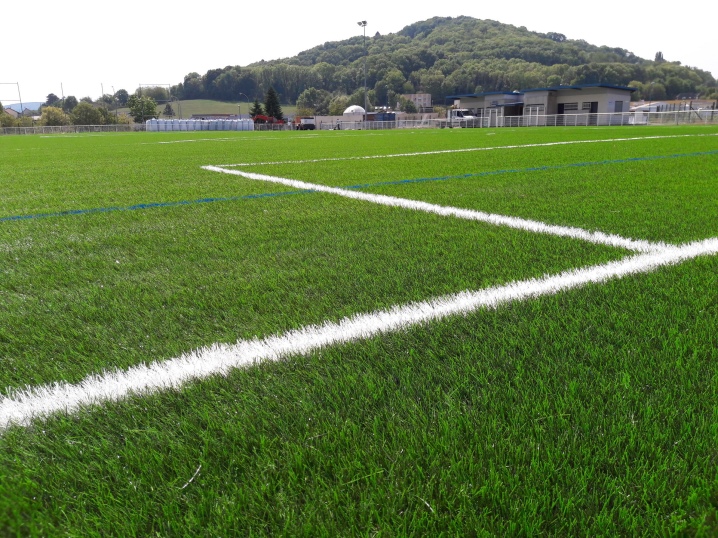
Artificial - involves filling the field and imitating grass from polymer fibers. The composition of the backfill, as a rule, includes rubber crumb, rounded river sand and granulate mixed in certain proportions.
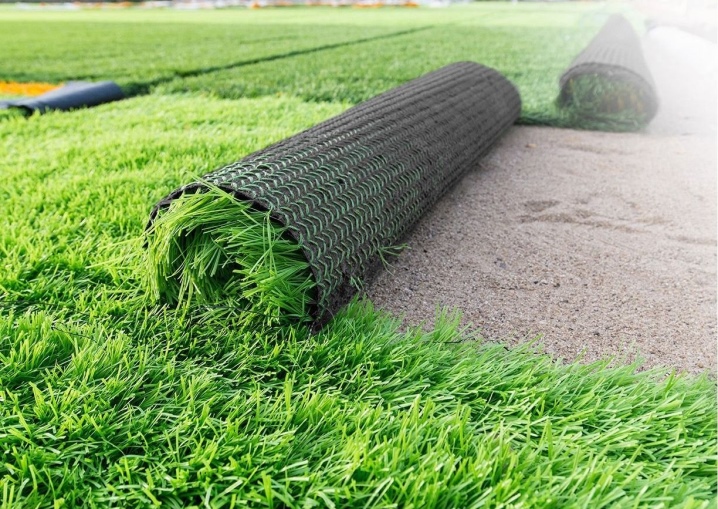
The combined rug combines elements of natural and synthetic. In this case, the natural plant cover is stitched with polymer threads. The rhizomes of herbaceous crops are intertwined with polymer fibers, and this significantly increases the resistance of the lawn to increased mechanical stress, and also protects it from soil erosion.
Overview of types of lawns
Let's consider in more detail the main types of sports lawns.
Artificial
Artificial turf is made of polymer fibers that mimic ordinary grass in their appearance. Most often, polyethylene or propylene is used for its device, it is fixed on a highly elastic base and covered with latex. Such a lawn has a pile height of 8-10 mm.
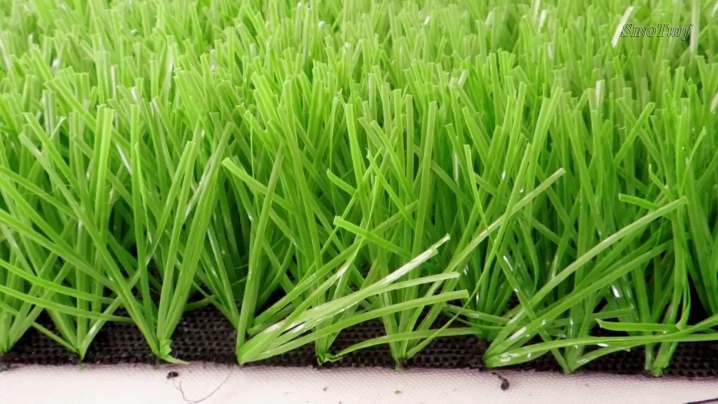
The functionality of the lawn is directly determined by the peculiarity of its fillers.
Most often, when arranging a football field, rubber granulate is used - it softens the falls of athletes during the game. When creating courtyards and fields for mini-football, preference is given to a semi-filled lawn based on granulate and quartz sand.
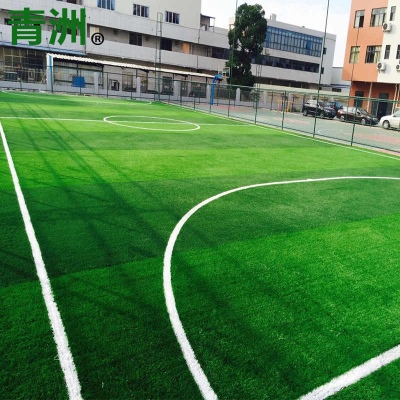
Artificial turf comes in a wide range of colors. When forming a covering, the pile is usually painted in two close shades, most often light green and green - thus the lawn acquires the most natural look. Brown courts look good.
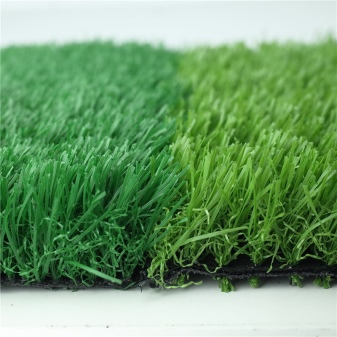
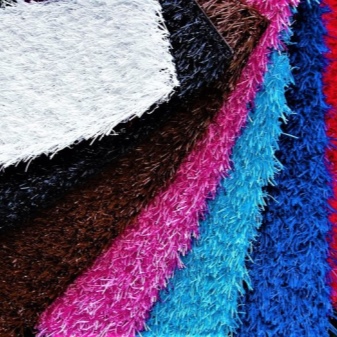
The stiffness of the lawn is determined by the structural fibers of the pile.
Polyethylene threads are thin and elastic, they are optimal for high intensity workouts, that is why the material has become widespread in the arrangement of football fields. Polypropylene fibers are tougher, they are used in the arrangement of tennis and golf courses.
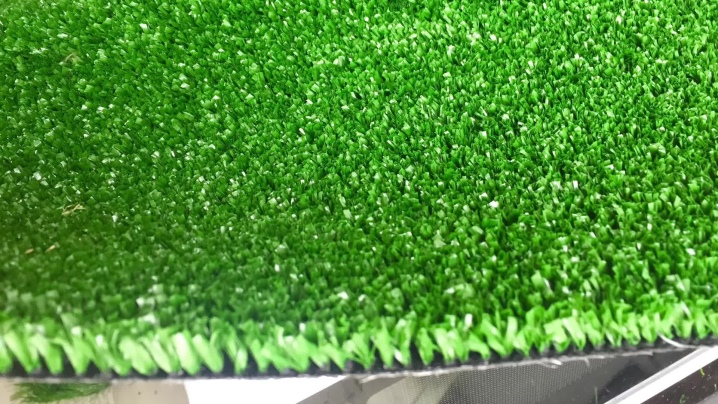
The benefits of artificial turf are obvious:
- it has a wide range of colors, completely imitates the natural vegetation cover;
- you can use such a lawn both indoors and outdoors throughout the year;
- the coating is highly resistant to trampling, it is not afraid of UV rays and unfavorable weather factors, its technical and operational characteristics are preserved under temperature extremes, in conditions of high humidity and prolonged heat;
- synthetic fibers are inert with respect to detergents and cleaning agents;
- the artificial turf ensures the constancy of the shape of the football turf, determines the natural bounce of the ball;
- creates good grip on the athlete's legs;
- the lawn does not need to be watered, mowed and fertilized - all care is reduced to washing with water and periodic disinfection of the surface.
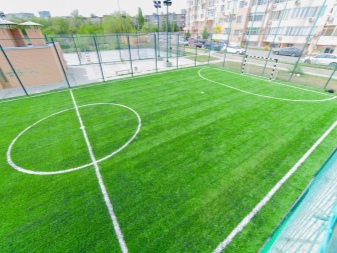
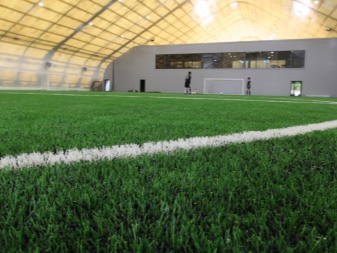
The height of the pile of synthetic turf, in accordance with FIFA recommendations, should not exceed 60 mm, for the game of professional teams, the length is 50 mm, and for training - 40 mm. Futsal games are played on a field with a pile height of 30 mm.
The distance between the threads should be minimal.
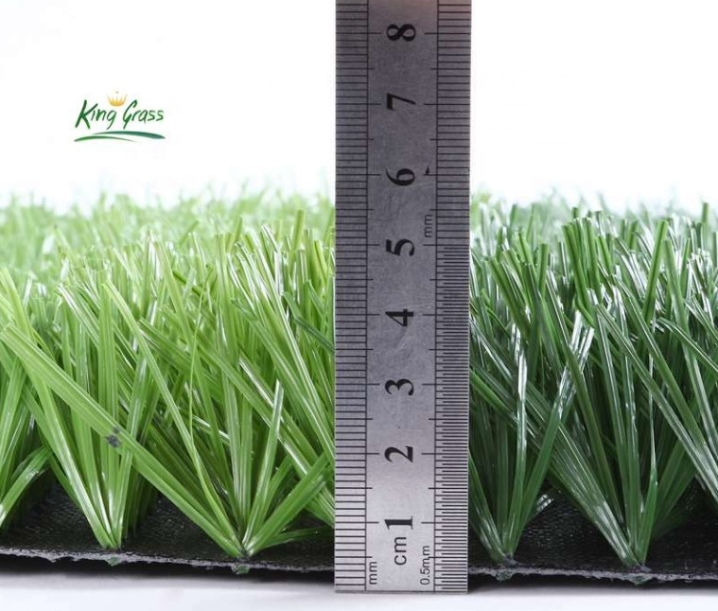
Natural
The natural lawn for arranging a football field is grown from a grass mixture based on cereals. The main volume is made by pasture ryegrass - a perennial with a powerful root system and leaves of a beautiful emerald color. This grass is included in all sports lawns, since it sprouts quickly, takes root well and actively shoots the entire area with shoots.
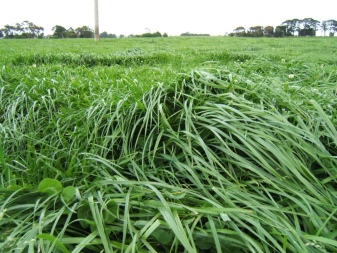
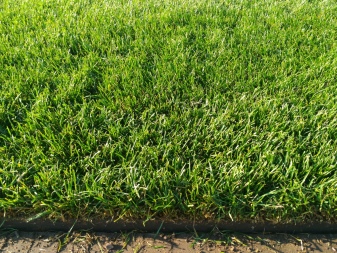
In addition, ryegrass is undemanding to watering and fertilizing, resistant to trampling and retains the brightness of colors until the first frost.
Reed or red fescue is also used to create football turf. The grass is characterized by resistance to drought and mechanical stress. It does not require watering and fertilizing, it can grow successfully in sun-drenched areas, corresponding to the operating conditions on the football field.
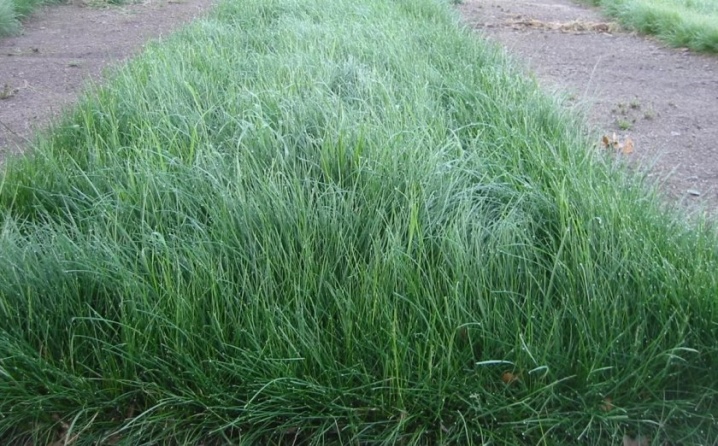
The grass mixture is completed by meadow bluegrass. This unpretentious plant quickly recovers from damage, is resistant to high temperatures and frost.
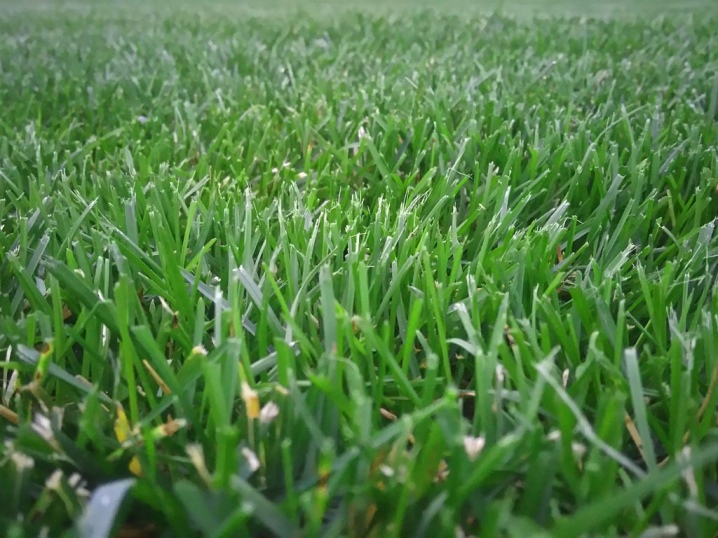
Natural turf can be budget or luxury. In the first case, the laying technology involves digging the soil to a depth of 25-30 cm and sowing lawn grass without drainage. Alternatively, roll-to-roll coating can be used. This approach can in no way be called a reliable and practical solution, therefore it is used mainly for courtyards.
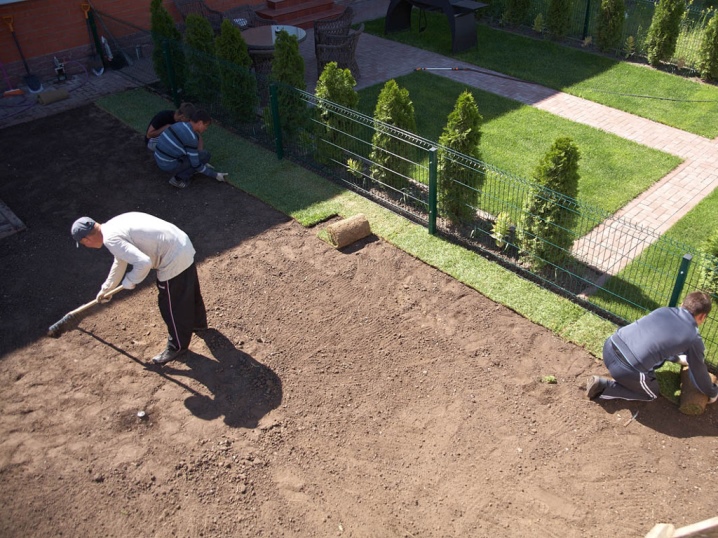
Stadiums are equipped with more complex solutions: the earth is taken out to a depth of 80-100 cm and a multi-layer cake is formed from fine gravel, drainage pipes, humus and soil.
The top layer includes grass 3-5 cm high and must be trimmed periodically with a lawn mower. Under it is a layer of turf, 90% of it consists of river sand and 10% of humus. A 10-centimeter layer of crushed stone is poured slightly below, followed by coarse river sand in a layer of 12-15 cm.
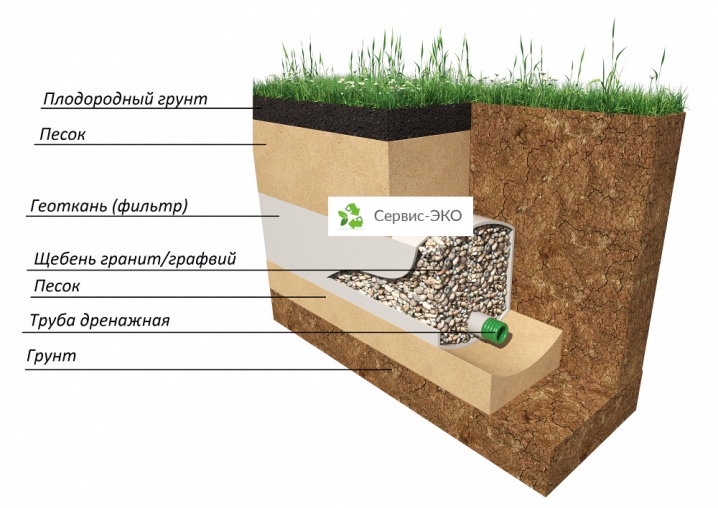
Heating pipes are placed in the bottom layer of the cake - this is very important, since the football field is used not only in summer, but also in the cold season. Heating will help fight ice and snow drifts. At the very bottom of the cake, drainage pipes are laid to remove moisture seeping from above - puddles on the territory of the football field are unacceptable.
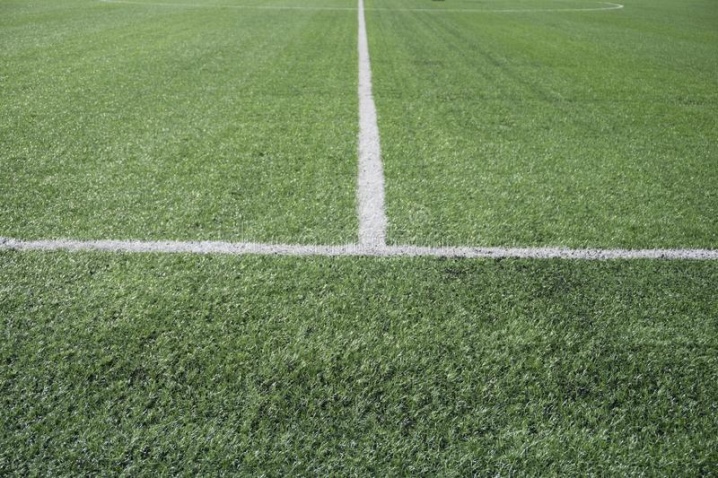
Care Tips
The care for synthetic and natural surfaces is different.
So, to increase the service life of an artificial turf, you need to adhere to a number of rules.
- Evenly redistribute the load, using different places for training (in this case, you will need a portable gate).
- Control the filling volume of rubber granulate and quartz sand. It is optimal for the pile to rise above them by 1.5-2 cm. If this level is exceeded, it is required to add sand and granules as soon as possible, especially into the penalty areas and areas near the gate.
- If the villi are crumpled and lie horizontally, it means that the ball rolling parameters have deteriorated on the football field. To prevent this from happening, the lawn must be combed regularly.Tractors equipped with tires with special treads for artificial turf do the best for this task.
- Artificial grass needs regular cleaning of stones, leaves and other debris. However, simple cleaning is often not enough, as debris will seep into the backfill and thus reduce its moisture transmission capacity. Ideally, several times per season, the field needs deep workout with specialized equipment.
- In prolonged wet weather, it becomes difficult to care for synthetic turf as the backfill begins to clump. In this case, it is better to use rotating brushes.
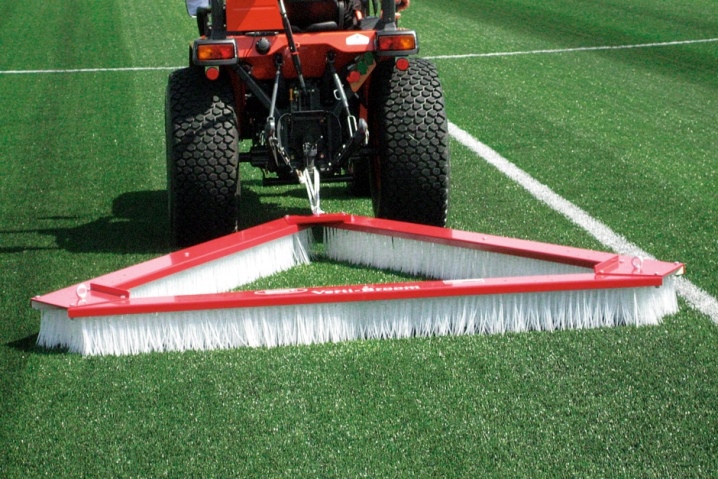
Natural lawns require regular watering and mowing.
In addition, from time to time he needs to make punctures so that the root system can "breathe". If, during the game, bald spots appear on the field, you need to additionally plant seeds in them - this is especially important near the goalkeeping and side referees' area, where the intensity of use of the coating is maximum.

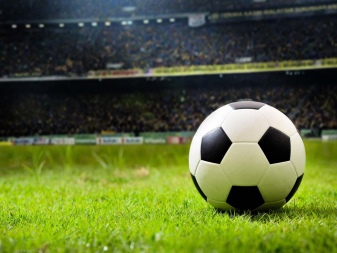



































































The comment was sent successfully.